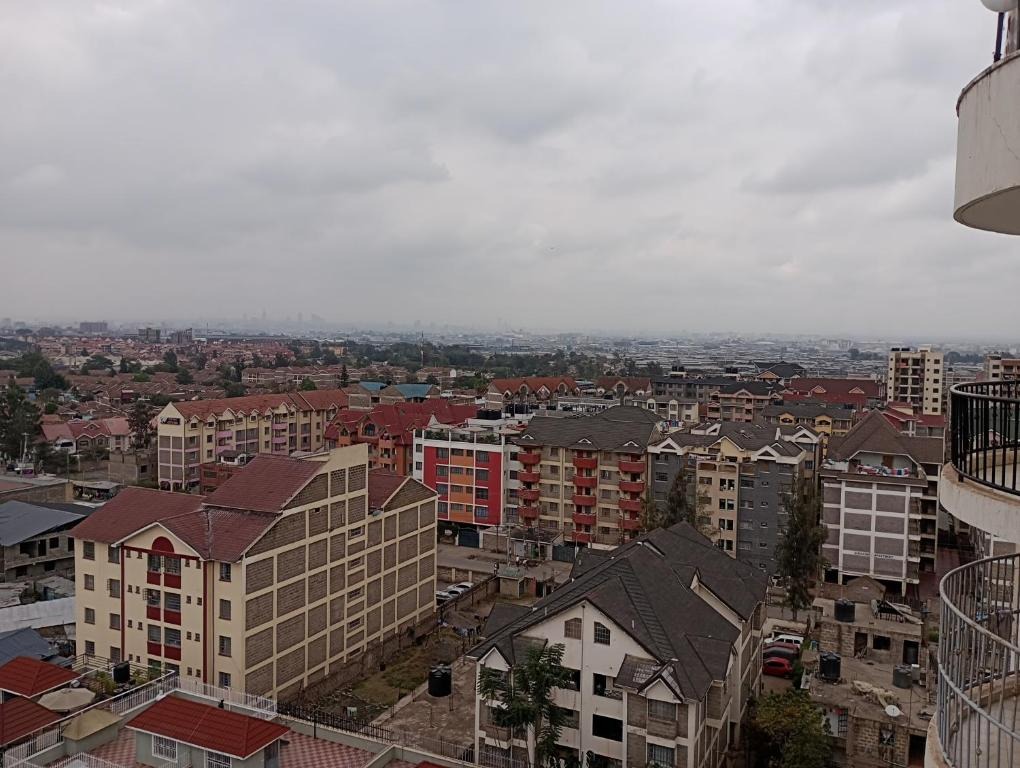
Affordable housing is a pressing issue worldwide, with rising property prices and rental costs putting significant strain on low- and middle-income households. Government incentives and subsidies play a crucial role in addressing this challenge, facilitating the development and availability of affordable housing. This article explores the various government initiatives aimed at promoting affordable housing, their impact, and the challenges they face.
Understanding Affordable Housing

Affordable housing refers to housing units that are affordable to those with a median household income or below, as measured by the housing expenditure-to-income ratio. Typically, housing is considered affordable if a household spends no more than 30% of its income on housing costs, including rent or mortgage payments, utilities, and maintenance. Ensuring the availability of affordable housing is essential for fostering inclusive communities, reducing homelessness, and promoting economic stability.
Tax Credits and Financial Incentives
One of the most widely used tools in promoting affordable housing is the Low-Income Housing Tax Credit (LIHTC) which provides tax incentives to private developers to build and rehabilitate affordable rental housing. Developers receive tax credits in exchange for reserving a portion of their units for low-income tenants at reduced rents for a specified period, typically 30 years. This program has been instrumental in creating millions of affordable housing units across countries.
In addition to tax credits, governments offer various financial incentives to encourage affordable housing development. These can include grants and low-interest loans to cover construction and renovation costs, as well as loan guarantees that reduce the risk for private lenders. By lowering the financial barriers and risks, these incentives make it more attractive for developers to invest in affordable housing projects.
Direct Subsidies and Vouchers
Direct subsidies are another critical tool for promoting affordable housing. These can take the form of capital subsidies, which provide upfront funding for the construction of affordable housing, or operating subsidies, which help cover the ongoing costs of managing and maintaining these properties. Operating subsidies are particularly important for ensuring that affordable housing remains financially viable over the long term.
Housing vouchers, provide rental assistance to low-income households, enabling them to afford housing in the private market. These vouchers cover the difference between what a household can afford to pay and the actual rent, up to a predetermined limit. By directly assisting renters, vouchers increase access to affordable housing without requiring new construction.
Zoning and Land Use Policies
Government incentives also extend to zoning and land use policies that facilitate affordable housing development. Inclusionary zoning policies require developers to include a percentage of affordable units in new residential projects, ensuring that affordable housing is integrated into all neighborhoods. Density bonuses, which allow developers to build more units than normally permitted in exchange for including affordable housing, are another effective tool.
Land use policies can also include the provision of publicly owned land for affordable housing projects. By offering land at reduced or no cost, governments can significantly lower development costs and make affordable housing projects more feasible.
Challenges and Limitations
Despite the effectiveness of government incentives and subsidies, several challenges remain. One significant challenge is the insufficient funding and resources allocated to affordable housing programs. As demand for affordable housing continues to outstrip supply, existing programs often struggle to meet the needs of low-income households.
Additionally, regulatory hurdles can impede the timely and efficient development of affordable housing. Lengthy approval processes, complex regulatory requirements, and community opposition (often referred to as NIMBYism—Not In My Backyard) can delay or even derail projects. Streamlining these processes and fostering community support are essential for the success of affordable housing initiatives.
Moreover, while housing vouchers are effective in increasing access to housing, they are often subject to funding limitations and can have long waiting lists. The availability of affordable rental units that accept vouchers is also a concern, as some landlords may be reluctant to participate in the program.
Innovative Approaches and Future Directions
Innovative approaches to affordable housing are emerging to address these challenges. Public-private partnerships, where governments collaborate with private developers and non-profit organizations, leverage additional resources and expertise to create affordable housing. Social impact bonds and other financing mechanisms that attract private investment for social outcomes are also gaining traction.
Furthermore, technological advancements such as modular construction and 3D printing hold promise for reducing construction costs and timelines, making affordable housing development more efficient and cost-effective.
Conclusion

Government incentives and subsidies are vital for promoting affordable housing and addressing the ongoing housing crisis. Through tax credits, direct subsidies, housing vouchers, and supportive zoning policies, governments can significantly impact the availability and accessibility of affordable housing. While challenges remain, continued innovation and investment in these programs are essential for building inclusive, sustainable communities where all residents have access to safe and affordable housing. As we move forward, collaborative efforts between the public and private sectors will be crucial in overcoming obstacles and ensuring that affordable housing remains a priority in urban development strategies.







